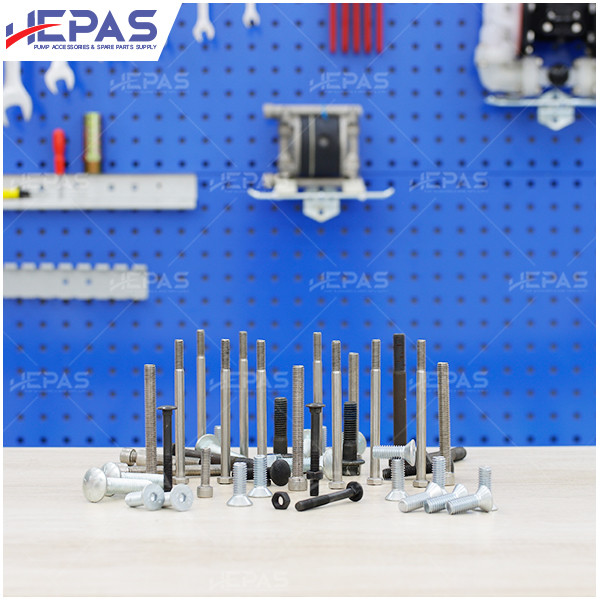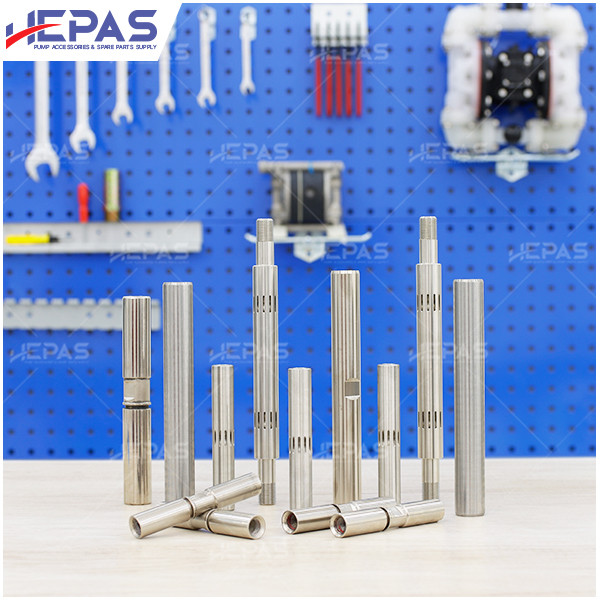Our first class replacement parts

Why Choose Us?
Over 10 Years of Experience
Hepas have extensive practical experience as a direct manufacturer and distributor of replacement parts for over 50 industrial pump brands worldwide.
Commitment to Product Quality
Our strict quality management system ensures that all products meet high-quality standards.
Competitive Market Pricing
With in-house production and streamlined processing, we optimize raw material costs, significantly reducing the price of our replacement parts.



















